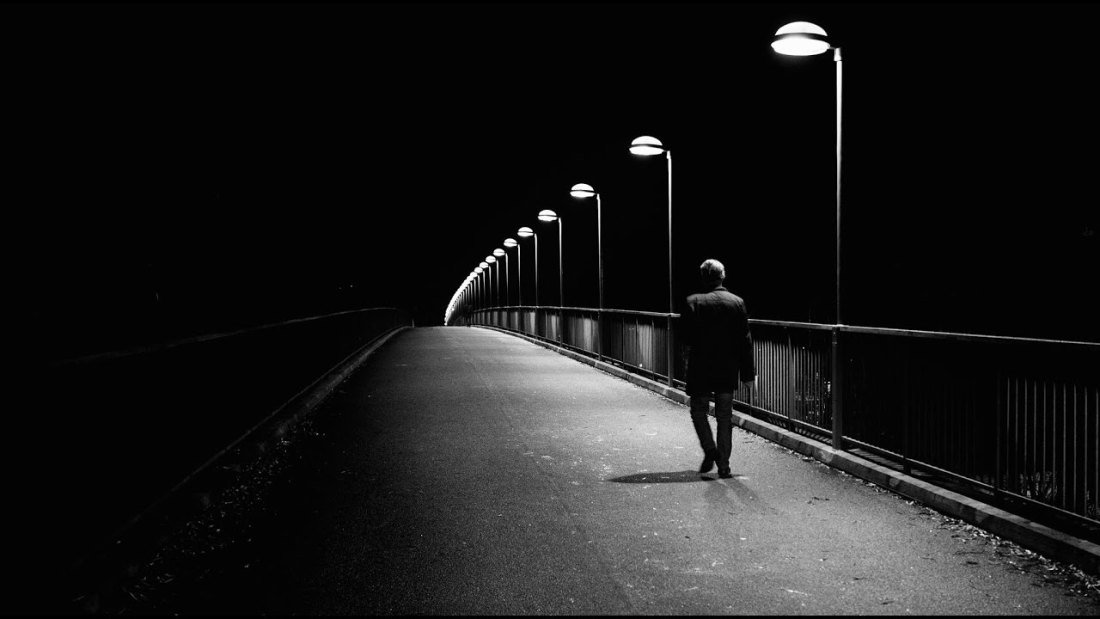People ignore where or how authorities install surveillance cameras
The Drug Enforcement Administration (DEA) and the Immigration and Customs Enforcement Service (ICE) have installed an undisclosed number of covert surveillance cameras on streetlights throughout the United States, as reported by digital forensics and cybersecurity specialists from the International Institute of Cyber Security.
According to government procurement data, the DEA paid a company in Houston, Texas, called Cowboy Streetlight Concealments LLC, approximately $22k USD since June 2018 for ‘video recording and playback equipment’. On the other hand, ICE paid about $28k USD to Cowboy Streetlight Concealments by the same period of time.
It is not known exactly where the DEA and ICE cameras were installed, or where the next operatives will take place. ICE offices in Dallas, Houston and San Antonio have released funds for recent acquisitions of Cowboy Streetlight; the latest DEA purchases were financed by the Agency’s Technology for Investigation Office, as reported by experts in digital forensics.
Christie Crawford, owner of Cowboy Streetlight in conjunction with her husband, a Houston police officer, claims not to be at liberty to discuss in detail the contracts the company signed with federal agencies.
“Basically, there are companies that will build concealments for the government and that’s what we do. They specify what’s best for them, and we do it. That’s probably all I can say for the moment,” Crawford mentioned.
However, she added: “I can say this: we are all always under surveillance. No matter if you are driving down the street or visiting a friend, if the government has a reason to watch you, it has the resources to do so.”
A few days ago, the DEA issued a request for ‘concealments made for the PTZ Network Camera [Pan-Tilt-Zoom], cellular modem, cellular compression device’, noting that the Government intended to award the contract to Obsidian Integration LLC, a company in Oregon that has a considerable number of clients in the federal government.
In addition to hiding the cameras in the streetlights, the DEA has also placed covert surveillance cameras inside traffic barrels, a product specially designed and offered by several manufacturers. And, as reported by specialists in digital forensics, the DEA operates a network of traffic signals with integrated enrollment readers.
Chad Marlow, a lawyer and policy advisor for American Civil Liberties believes that efforts to put hidden cameras on the streets have been previously proposed by local authorities, usually as part of a system of smart public lighting.
“It basically has the ability to turn every streetlight into a surveillance device, a frightening possibility,” said Marlow. “In most jurisdictions, the local police or the Department of public works is authorized to make these decisions unilaterally and in secret. There is no public debate or supervision.
The impact of surveillance cameras will increase as the development of facial recognition algorithms is becoming more common among law enforcement agencies. Amazon has been particularly interested in equipping the cameras operated by the Department of Homeland Security (DHS) with facial recognition systems, according to emails recently discovered by the organization Project on the Government Oversight.

Working as a cyber security solutions architect, Alisa focuses on application and network security. Before joining us she held a cyber security researcher positions within a variety of cyber security start-ups. She also experience in different industry domains like finance, healthcare and consumer products.












